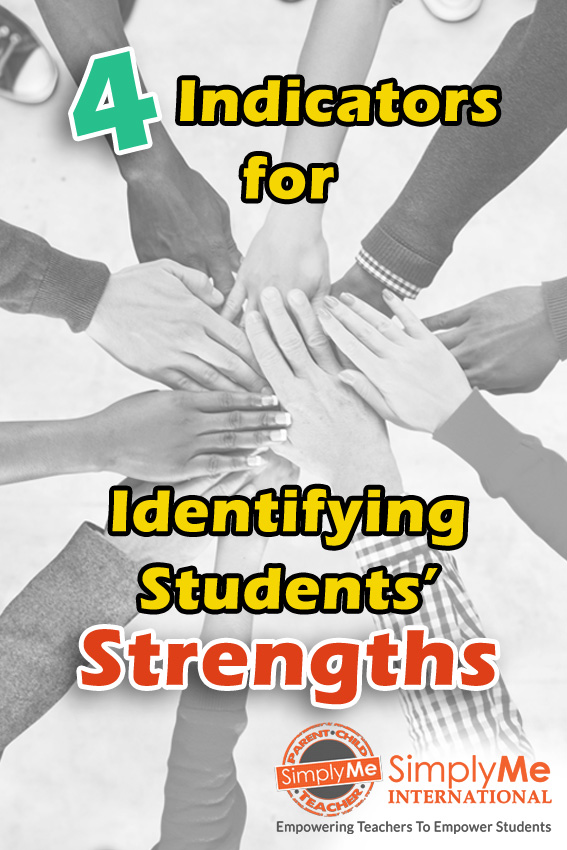4 Indicators for Identifying Students’ Strengths

It’s not so simple to identify strengths.
We are not always aware of them or know that they exist. And we don’t always know how to get them to poke their head out and give them expression in everyday life!
I want to introduce you to four indicators that enable you to identify the strengths of your students/children according to their behavior that will ring a bell.
This is of course also relevant to us adults!
- What am I good at?
Observe what the students/children are naturally good at, what they naturally want to do, not because they need to or have to, but because he is good at it and it comes easily to him and it flows, without any effort. Maybe one of your students draws in the corners of his notebook, drawings that he doesn’t attach much importance to, yet this could be a significant strength. - Achievements.
Follow your students’/children’s achievements, the big and small achievements they have achieved. It doesn’t matter what it is… as long as they are achievements they can take full credit for.
They can be achievements related to school, friends, trips, family, home or hobbies, and it doesn’t matter what anyone else thinks of these achievements, the main thing is that the children are proud of them. Behind every achievement there is a hidden strength which we must try and identify. For example, if a child was elected for the class committee, hidden strengths may include taking initiative, leadership, an ability to communicate well with others.
Another child may have won a chess competition, which shows an ability for thinking, planning, and coping under pressure.
We can see many strengths in achievements. The problem begins when we don’t pay attention to the achievements and focus only on the child’s weaknesses. So, let’s start focusing on what our children and students are good at! - Games.
Find out what games the students/children play. You can do this by interviewing them or watching them during recess.
You just need to open your eyes.
You have no idea how much information you can understand about students/children from the games they play. If a child is drawn to social games, his/her strength is probably related to people, and indicates that he/she may be a good friend. A child drawn to creative games indicates that he/she may be good with his/her hands. A child who enjoys trivia games may be a good thinker, and so forth. - Hobbies and Interests.
Hobbies and interests often indicate very clearly a child’s hidden strengths.
A child in the Scouts may have leadership skills or enjoys working with people. The strength of a child who enjoys drama may have good verbal skills or an ability to stand or perform in front of an audience. Good Luck!
Taken from our accredited online course for teachers:
The Freedom to Be Me.
For more details about our Online Graduate Continuing Education Courses for Teachers click here.





